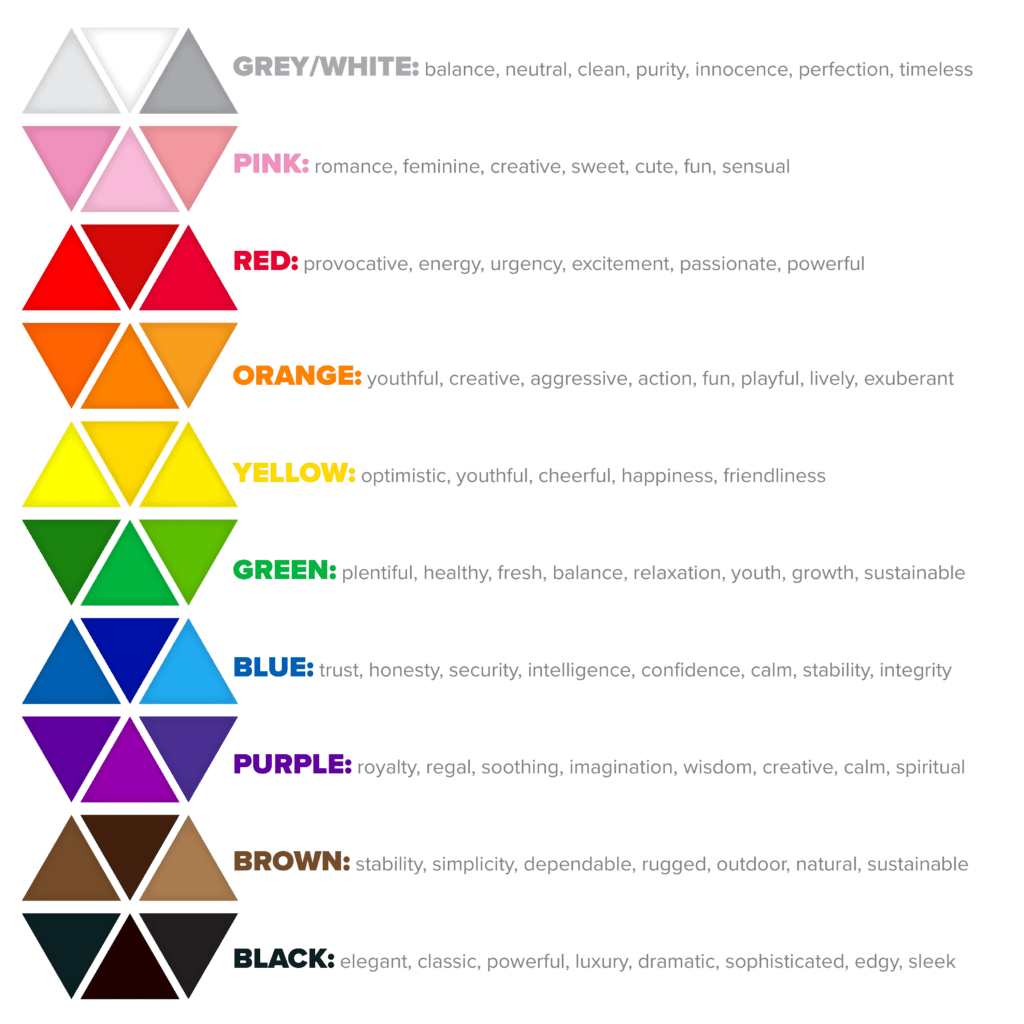Previously we have discussed about color theory and its types in the fashion world. Now, we will discuss how to apply color psychology to fashion!
Based on research results, 92.6% of people say that they enjoy and prioritize visual factors when buying products. are you one of them?
In this world there are an infinite number of colors, not only the exact colors we see in the rainbow, no matter what their derivatives are, which are bright or clear. Want to know read this article! And if most people make the decision whether to buy a product based on what they see or not, your choice of colors for your fashion designs is critical to your sales and business success.
How to Choose Colors for Your Fashion Design
Whatever fashion product you make, color brings your designs to life and tells your story. It’s a good idea to understand which colors evoke which emotions are the best for communicating and expressing your designs. With this, the customer can feel the emotions he feels with the emotions you want to convey. when the emotion is right then of course he will buy your product!
Before choosing a color, ask yourself, what mood do I want to convey? And what does my brand look like? These two questions will help narrow down the number of color options to choose from. Because if you use many colors, then there is no unity in the collection of products that you issue.
Many fashion designers stick to predefined color schemes, such as Yohji Yamamoto, who works primarily in black. This is her brand look and she sticks to those colors. You can also design based on the mood, like a summer picnic for example; You narrow down your color choices by working with colors that match that mood. Grays and muted colors will most likely not express a Summer picnic well.
What Does Color Mean in Fashion?
Color symbolizes and carries many meanings, regardless of whether you are applying color to a dress design or painting a room. Color Psychology tries to understand how colors convey meaning and influence human behavior. For example, the color red means courage and confidence which can indicate passion, action, and anger. It can also mean caution, as in the US, red is used for a stop sign. Another example is the color blue can be calming, loyal, trusting, strong, sad, and peaceful. When choosing your colors, you want to make sure you understand how colors make people feel because those feelings will translate into the interpretation of your fashion design and influence whether a purchase will occur or not.
You also need to remember that different hues of color have different perceptions and meanings. Turquoise and Navy, for example, are both shades of blue, but they evoke different reactions and emotions.
Some colors are associated with calendar seasons. Colors to expect in fall tend to be darker with lots of tones such as pumpkin and scorched oranges, browns, and purples. Trends don’t always follow this so you have to decide what suits your fashion brand and consumers best.
Designs and Colors in Other Countries
If you sell your fashion label internationally, be aware that colors can have different meanings. Color associations often differ by hemisphere, country, or culture.
For example, in Indian culture, red can symbolize purity, in China it means good luck and to celebrate, and in South Africa, red for mourning. You need to understand and be aware of what colors mean in the different countries where your products are sold.
Communicating Fashion With Color
When it comes to designing and choosing colors, there is no right or wrong answer. You can make anything you want, but keep your customers in mind because color is one of the first things they see and will use to judge your clothes.
Colors can communicate and express emotions and meanings. Knowing how to create and use those colors will help communicate what you want with your product design. You can also apply color psychology to other aspects of your business, such as your website design and brand logo. Many fashion brands are defined and recognized by their colors. Think about what you want your fashion brand to say about your designs and find colors that communicate that message.

